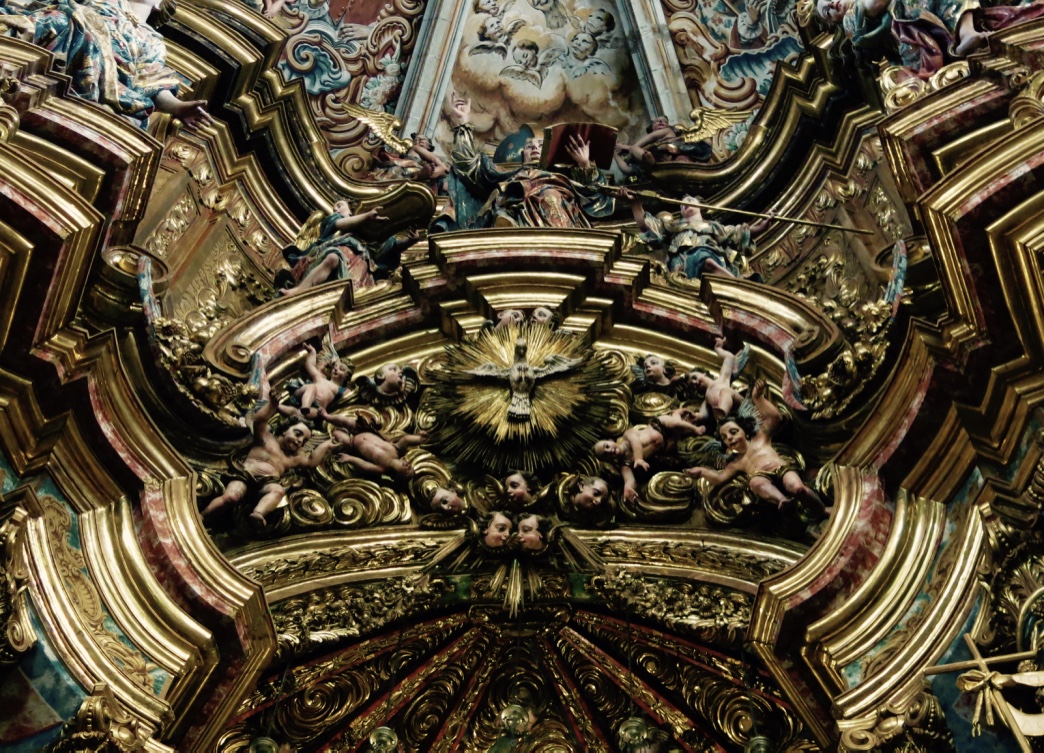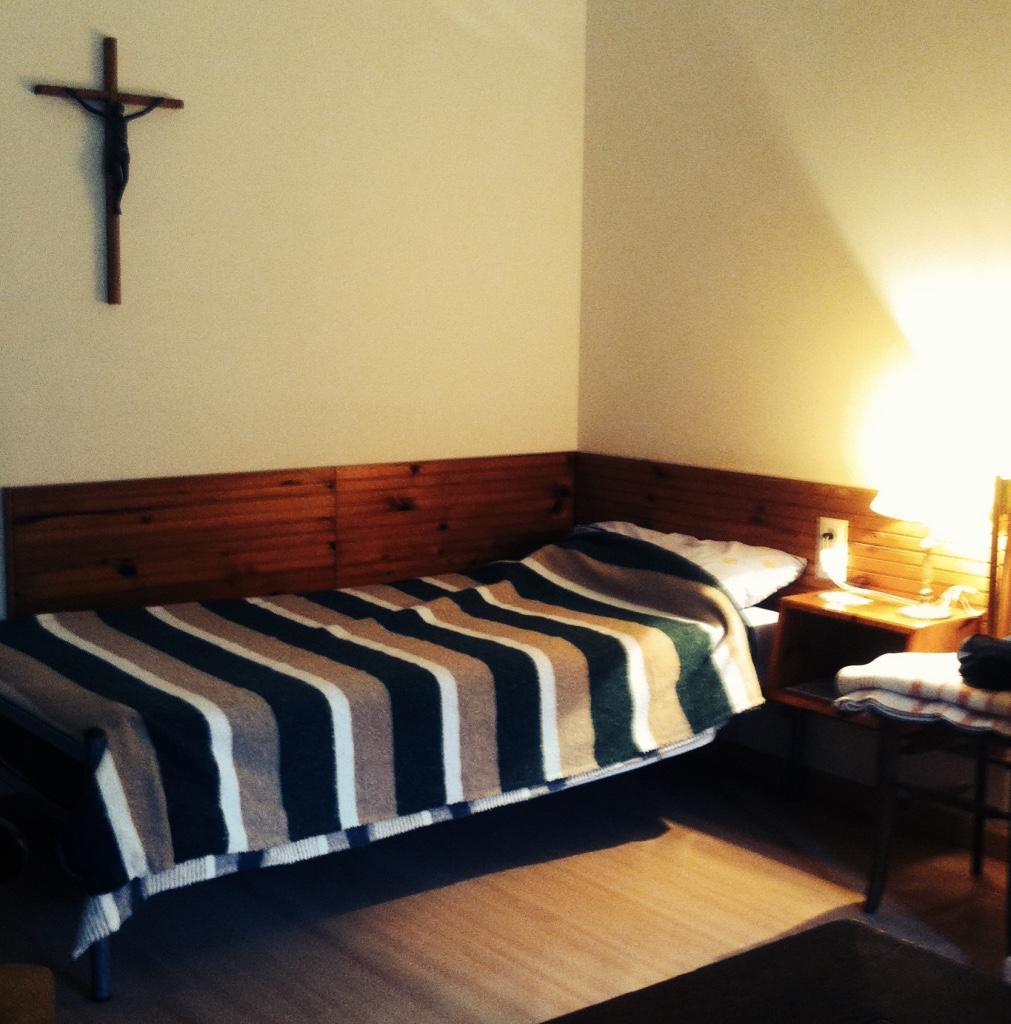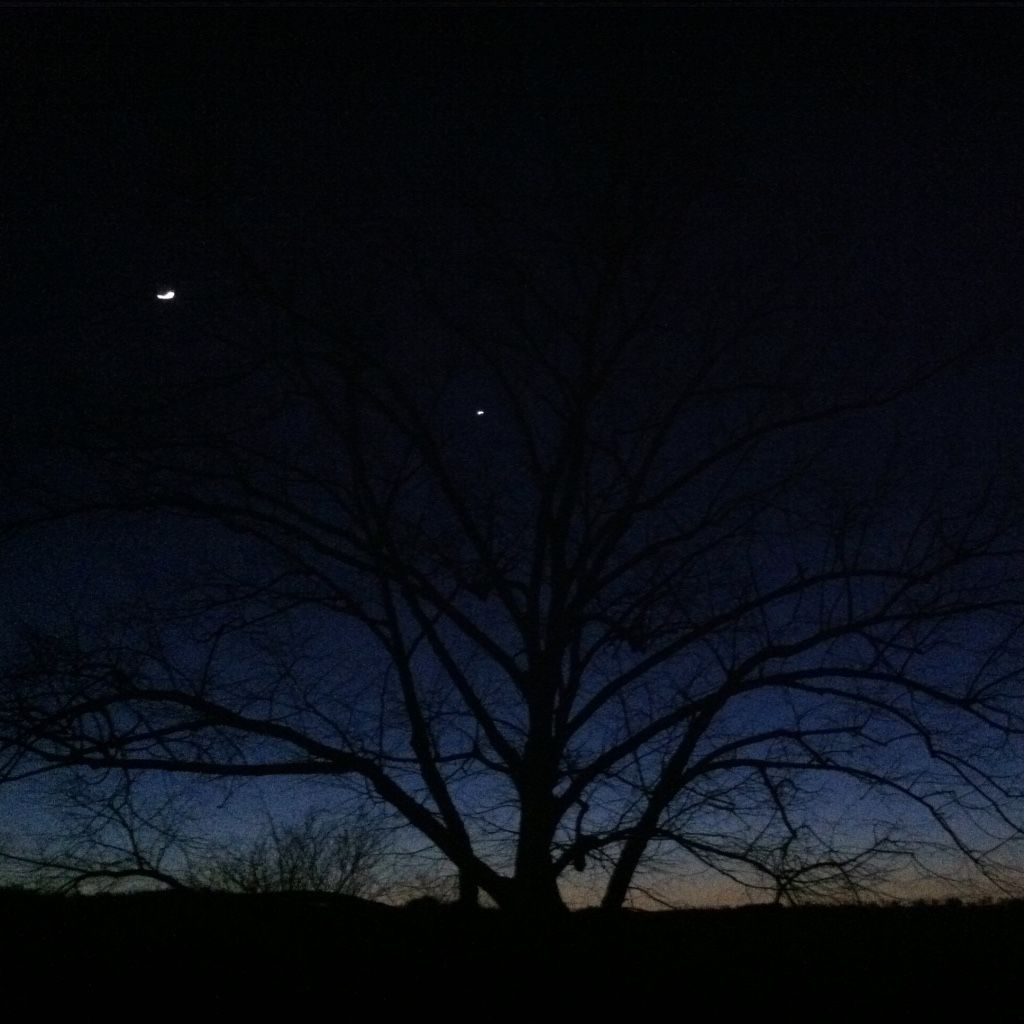مواقع ال
استقرار
Stabilitas
Loci
As we have seen, at the turn of the millennium, most mystics and men of letters were wanderers and preached vagabondage.
Yet there were also others who, afraid of erring and getting lost, stayed in one place. Indeed, due to the dangers and annoyances of journeying into the desert, most mystic dogmatists chose to play the role of guides.
A fierce debate soon consumed scholarly circles, pitting those who advocated for vagabondage against those who were inclined towards stabilitas loci.
In the following century, those who chose stabilitas loci grew in number and in influence. Their rationale was that the mystics who lived in one place in the service of God were superior to those who travelled through the land as pilgrims. The first did so in the interest of God, whereas the second did so in their own interest. And so, those who stayed in one place came to be considered superior to those who journeyed between many.
Although the notion of the resident’s superiority over the traveler became widely accepted, it is important to note that, following Houari Touati, “sedentarism through the spread of the zāwiya all over the medieval Islamic world should not be taken too literally. For many of them, it was a snare, and their immersion in the crowd a cover-up. Under the appearance of simulated presence, they in fact lived in a fundamental solitude that made them just as absent from the world as if they had been nomads.


Pertubed by Quietism
اضطراب الهدوء
︎︎︎’Perturbed by quietism' is a self-reflexive account of my experience during a one-week research retreat at El Miracle Monastery in inland Catalonia in March 2017. Devoted to the virgin of the Miracle, the sanctuary was built in the place where the virgin appeared to two shepherds in 1458. The church and the old hostel, which was designed to accommodate the pilgrims, date back to the 17th century. Since 1901, both the cells and the Spirituality house, which hosts people that are looking for a place of peace and prayer, are run by Benedictine monks proceeding from the monastery of Montserrat. The compound’s most remarkable feature is the Baroque altarpiece, from the 18th century. Nowadays, the monastery offers room for study, retreat or devotion. Guests share liturgy and meals with the community.
El Miracle,
March 3, 2017
Loyal to strict pseudo-magical routines, the monks busy themselves with a multitude of tasks: they prepare, repair, care and upkeep. Concerned about the role of religiosity in contemporary society, questioning the relevance of an obsolete church, they try to understand their reverence. ︎︎︎![© Pau Catà]()
© Pau Catà
They obey the strict daily structure, reading the sacred texts in metaphorical community of two or three, five times a day. Rituals that, with their eerie Manichaeism, do not seem to make any sense: the judgment of a contextual God, preterit sentences, totally anachronistic in a language that only exists here, between these walls, permeating the corners and the persistent gaps of the soul. ︎︎︎
What sets them apart from the rest is austerity. They live in voluntary humility. They consume very little. They are cold and hungry. In this sense, they are also revolutionary, anti-capitalist, retro-human, essential. Approaching the loneliness of the ancient books they read, knowing they are heading toward extinction, they remember the times anchored in collective learning, when their existence made more sense. ︎︎︎
Disturbed by quietism and its programmed obsolescence, they survive as the remains of radical uselessness, a unique and necessary form of being in the world.
March 3, 2017
Loyal to strict pseudo-magical routines, the monks busy themselves with a multitude of tasks: they prepare, repair, care and upkeep. Concerned about the role of religiosity in contemporary society, questioning the relevance of an obsolete church, they try to understand their reverence. ︎︎︎

© Pau Catà
They obey the strict daily structure, reading the sacred texts in metaphorical community of two or three, five times a day. Rituals that, with their eerie Manichaeism, do not seem to make any sense: the judgment of a contextual God, preterit sentences, totally anachronistic in a language that only exists here, between these walls, permeating the corners and the persistent gaps of the soul. ︎︎︎
What sets them apart from the rest is austerity. They live in voluntary humility. They consume very little. They are cold and hungry. In this sense, they are also revolutionary, anti-capitalist, retro-human, essential. Approaching the loneliness of the ancient books they read, knowing they are heading toward extinction, they remember the times anchored in collective learning, when their existence made more sense. ︎︎︎
Disturbed by quietism and its programmed obsolescence, they survive as the remains of radical uselessness, a unique and necessary form of being in the world.
El Miracle,
March 6, 2017
In the forest, caterpillar nests replace the spring. The fluorescent green fields contrast with the masses of dry branches and the large, preterite, almost ancestral stones reveal themselves as the genuine symbol of these lands: austere, dark and cold on the outside, ornamented with gold, millions of angels, saints, virgins and crucifixes within. The horror vacui of the Baroque leaves you stunned, incredulous in the face of the overwhelming creations, examples of strange, unknown times, now resting in a darkness that you illuminate with a euro. ︎︎︎
![]()
© Pau Catà
The aisles are wide, typically monastic. Splendid chairs are spaced along them at every five metres, and enigmatic black paintings of angels, saints, virgins and crucifixes cover the white walls, interrupted only by insufficient windows through which one glimpses the magnificent cloister, and the beautiful, unreachable orchard. ︎︎︎
Pre-made soup; cuttlefish that remained from lunch; parched, Russian salad made by the nuns and cheap custard. This is dinner. My company is made of two: the prior and the eldest. Their conversation is relaxed, almost funny ... I remain on the sidelines, trying to interact with my hosts, feeling strange, almost pathetic. ︎︎︎
— 'You leave on Wednesday, right?' says the youngest.
Meanwhile, in the forest, it is already getting dark, and caterpillar nests are replacing spring. All you hear are the whispers of the wind, traversing times, fields, prayers, walls, doors... until they reach me.
My room will be a refuge.
I'm still waiting for the rain that was announced, to feel a little sadder, a little more present. Austere, dark, cold outside... horror vacui within.
March 6, 2017
In the forest, caterpillar nests replace the spring. The fluorescent green fields contrast with the masses of dry branches and the large, preterite, almost ancestral stones reveal themselves as the genuine symbol of these lands: austere, dark and cold on the outside, ornamented with gold, millions of angels, saints, virgins and crucifixes within. The horror vacui of the Baroque leaves you stunned, incredulous in the face of the overwhelming creations, examples of strange, unknown times, now resting in a darkness that you illuminate with a euro. ︎︎︎

© Pau Catà
Pre-made soup; cuttlefish that remained from lunch; parched, Russian salad made by the nuns and cheap custard. This is dinner. My company is made of two: the prior and the eldest. Their conversation is relaxed, almost funny ... I remain on the sidelines, trying to interact with my hosts, feeling strange, almost pathetic. ︎︎︎
— 'You leave on Wednesday, right?' says the youngest.
— 'We need our space of privacy,' adds the elder.
Meanwhile, in the forest, it is already getting dark, and caterpillar nests are replacing spring. All you hear are the whispers of the wind, traversing times, fields, prayers, walls, doors... until they reach me.
My room will be a refuge.
I'm still waiting for the rain that was announced, to feel a little sadder, a little more present. Austere, dark, cold outside... horror vacui within.

الزوايا
Zāwiya

Zāwiya, which literally translates as ‘corner,’ or ‘nook,’ is a religious foundation of quasi-monastic nature. Originally referring to the cell of a Christian monk, in the Islamic context it came to describe a small mosque, oratory or prayer room. In late medieval times, particularly in the Maghreb, the term came to designate a type of building made to house and feed travelers and members of a local Sufi brotherhood.
Besides providing lodging for pilgrims, some zāwiyas also contained libraries, schools, mosques, workshops and granaries, which were stockpiled for local relief in times of famine. They often played an important commercial role by protecting trade routes, all the while facilitating spaces for knowledge production and temporary stay. They formed intricate networks in which scholars and mystics mingled and exchanged ideas while at the same time learning from local experts. Research on the multitudes of translated works stored in their libraries was complemented with participation in the several halaqas and lectures given by relevant figures in the adjacent madrassa.Madrassa is the Arabic word describing all types of educational institution, secular or religious (of any religion), and geared towards elementary instruction or higher learning. The word is variously transliterated as madrasah, medresa, madrassa, madraza, medrese, etc. In the West, the word usually refers to a specific type of religious school or college for the study of the religion of Islam, though this may not be the only subject studied.
Today the term continues to be used not only for the actual building itself but also for the collective membership, or Ṭarīḳa. The term zāwiya denotes a social institution with a wide range of forms and functions. Sometimes rendered as ‘lodge’ in English, monastère in French or tekke in Turkish, Depending on the region, the zāwiya is also named Khāngāh, Mazār, Takya, Robaţ, Madrasa, Şawmi’a or Tekke. the zāwiya is a place where members can live, meet, worship, converse and learn. Its members can go by a variety of names: aṣḥāb (companions), khuddām (servants), fuḳarā ʾ(poor men) or ikhwān (brothers).An individual seeking guidance from a shaykh is a murīd, or aspirant. Female members are known as khwatāt, or ‘sisters,’ and are placed under the supervision of a female deputy of the shaykh, known as a muḳaddama. While muḳaddams and muḳaddamas are appointed by the shaykh, they are named with the agreement of the majority of the zāwiya’s members. Factors in their nomination include length of time in the ṭarīḳa, ritual knowledge, moral character and personal qualities such as piety or the ability to maintain harmonious relations with the zāwiya’s members. The dhikrDhikr literally means ‘remembrance’ or ‘reminder.’ It is a devotional act, in which phrases or prayers are repeated. To Sufis, dhikr is seen as a way to gain spiritual enlightenment and achieve union or annihilation in God. All Muslim sects recommend the use of rosaries for meditation, which in turn is prescribed as a method of finding peace, separating from worldly values and strengthening faith. sessions provide regular, most often weekly, occasions for zāwiya members to gather.
Besides providing lodging for pilgrims, some zāwiyas also contained libraries, schools, mosques, workshops and granaries, which were stockpiled for local relief in times of famine. They often played an important commercial role by protecting trade routes, all the while facilitating spaces for knowledge production and temporary stay. They formed intricate networks in which scholars and mystics mingled and exchanged ideas while at the same time learning from local experts. Research on the multitudes of translated works stored in their libraries was complemented with participation in the several halaqas and lectures given by relevant figures in the adjacent madrassa.Madrassa is the Arabic word describing all types of educational institution, secular or religious (of any religion), and geared towards elementary instruction or higher learning. The word is variously transliterated as madrasah, medresa, madrassa, madraza, medrese, etc. In the West, the word usually refers to a specific type of religious school or college for the study of the religion of Islam, though this may not be the only subject studied.
Today the term continues to be used not only for the actual building itself but also for the collective membership, or Ṭarīḳa. The term zāwiya denotes a social institution with a wide range of forms and functions. Sometimes rendered as ‘lodge’ in English, monastère in French or tekke in Turkish, Depending on the region, the zāwiya is also named Khāngāh, Mazār, Takya, Robaţ, Madrasa, Şawmi’a or Tekke. the zāwiya is a place where members can live, meet, worship, converse and learn. Its members can go by a variety of names: aṣḥāb (companions), khuddām (servants), fuḳarā ʾ(poor men) or ikhwān (brothers).An individual seeking guidance from a shaykh is a murīd, or aspirant. Female members are known as khwatāt, or ‘sisters,’ and are placed under the supervision of a female deputy of the shaykh, known as a muḳaddama. While muḳaddams and muḳaddamas are appointed by the shaykh, they are named with the agreement of the majority of the zāwiya’s members. Factors in their nomination include length of time in the ṭarīḳa, ritual knowledge, moral character and personal qualities such as piety or the ability to maintain harmonious relations with the zāwiya’s members. The dhikrDhikr literally means ‘remembrance’ or ‘reminder.’ It is a devotional act, in which phrases or prayers are repeated. To Sufis, dhikr is seen as a way to gain spiritual enlightenment and achieve union or annihilation in God. All Muslim sects recommend the use of rosaries for meditation, which in turn is prescribed as a method of finding peace, separating from worldly values and strengthening faith. sessions provide regular, most often weekly, occasions for zāwiya members to gather.
Madrassa
(Casablanca, Algiers, Alexandria, Amman)
aria (Algeria)
Mass Alexandria (Egypt)
and Spring Sessions (Jordan)
Madrassa is the name of a network of cultural spaces created by Atelier de l’Observatoire (Morocco) in 2016. Its objective has been to facilitate spaces where artists, curators and scholars can mingle and exchange ideas while at the same time learning from local experts. The program focuses on contemporary art practice and curatorial research in North Africa and the Middle East, connecting a community of arts professionals through training and networking opportunities. Madrassa supports innovative, independent curatorial practices that look beyond dominant dynamics and modes of intellectual and artistic production. Structured through a network of art residencies, Madrassa explores socially engaged art practices, promotes collaborative projects and enriches transnational exchange while offering a platform for experimentation to the region’s emerging curatorial talents.
Madrassa’s second edition took place in 2017 and was structured in two parts. The first was a training session in Casablanca, which included meetings, site visits, presentations and case studies led by regional and international curators and critics. The second was a ten-day curatorial residency, held by the project’s partner institutions in Algeria, Egypt, Jordan and Morocco. The training and residencies were dedicated to exploring the alternative historiographical approaches that have been developed through curatorial practices in North Africa and the Middle East. More broadly speaking, they aimed to open a space to reflect on the essential role of contemporary curatorial practice in the region.
Madrassa’s second edition took place in 2017 and was structured in two parts. The first was a training session in Casablanca, which included meetings, site visits, presentations and case studies led by regional and international curators and critics. The second was a ten-day curatorial residency, held by the project’s partner institutions in Algeria, Egypt, Jordan and Morocco. The training and residencies were dedicated to exploring the alternative historiographical approaches that have been developed through curatorial practices in North Africa and the Middle East. More broadly speaking, they aimed to open a space to reflect on the essential role of contemporary curatorial practice in the region.
